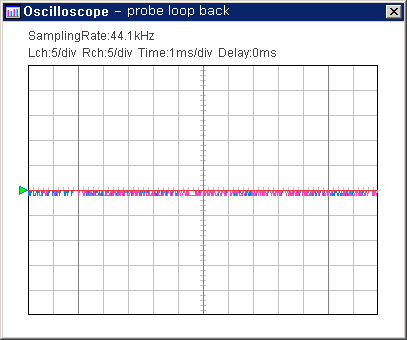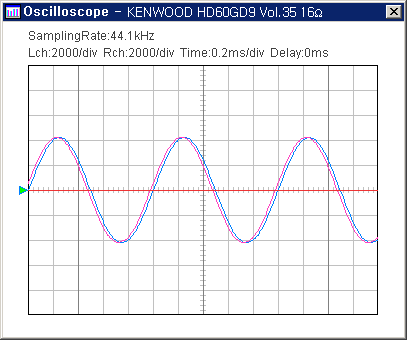Quote from Kenwood:
Low-distortion & high-power: Separated pre / power amp stages for clearer sound reproduction & Exclusive logic-power supply for the power amplifier.
Pre-amp: A fast 32fs oversampling ΔΣ-conversion digital amplifier to reduce noise in the audio range.
Power amp: A class-D amplifier that can fully utilize the performance of Kenwood's unique technology, 'Clear Digital Power' & Reduced Low-frequency distortion at the sensing amplifier to enhance sound quality with a peripheral connectivity.
F-hole grand chassis: light-weighted, high-compliance stainless steel chassis to fortify the grand-line, and to reduce vibration that can degrade sound quality. Sound image localization & fullness greatly improved, so that much clearer sound has been realized.
Hybrid-mount system: A polycarbonate & special-gel used to mount HDD to reduce vibration.
High-quality parts: A chip inductor, which eliminates external interferences, to enhance dynamic range in the mid-high frequencies.
Recently, my comrades, Salsal and asRay, were generous enough to provide me with the RMAA measurement on HD60GD9:
http://sites.google.com/site/rcudauda/Home/kenwood-hd60gd9
And its output impedance:
Yes, the results are quite dreadful- FR beyond 10 kHz skews under load due to HD60GD9's high output impedance- but since data speak for themselves, i don't think i need to comment on them any further. According to Salsal's comprehensive DAP output voltage database, HD60GD9 outputs 431.5mV at full volume. That's roughly 11.6mW @ 16Ω and corresponds to the official spec(10mW @ 16Ω) quite well.
However, you can still see residual 2mV even at 0 volume, which means HD60GD9 has a hiss roughly -47dB below music level at full volume- and it's clearly audible when you play a digital black(0 bits) sample. However, since the noise is only present in a certain frequency range, RMAA does not reflect the noise to its numerical SNR(A-weighting) result.
And with an oscilloscope(at full volume), you can take a closer look at the noise(compared to Cowon iAudio U5):

And here's something interesting. A 1 kHz sinusoid(0 dB full-scale) signal at different volume levels with 16Ω loaded:

As volume increases, the output swing starts to turn asymmetrical, which is very unlikely to occur on a well-designed commercial audio device, especially when it's equipped with a class-D amplifier. That's the kind of problem you'd see from an analog amplifier with its transistor biased. I wonder what the designers were thinking..




No comments:
Post a Comment